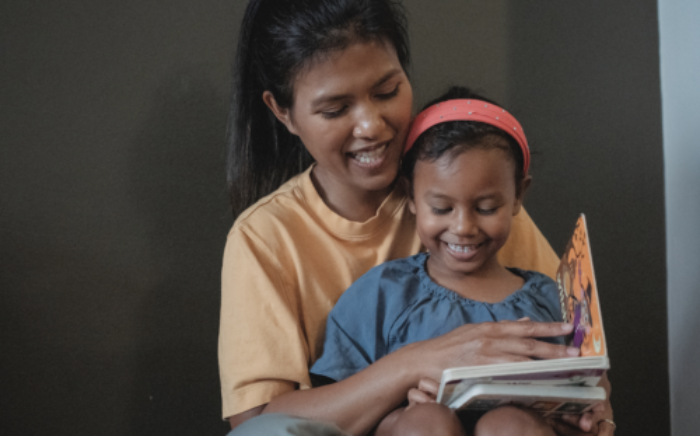Body safety has to do with teaching children about their bodies, private sexual body parts, and healthy boundaries to prevent them from falling vulnerable to child sexual abuse. Every parent’s comfort level talking about these topics varies based on so many factors- personal experiences, culture, family values, and fears to name a few. Conversations about body safety can feel overwhelming and awkward for some parents to navigate and it can even feel taboo to be talking openly about these things, but these conversations are so important. No matter how hard it feels to talk about this it is better to push through your discomfort and have the talk anyway. Prevention is the best approach. The more kids know the better they will be able to protect themselves or other children. Starting conversations about these topics lays the foundation for your child to feel comfortable talking to you and coming to you if something happens that makes them uncomfortable. Here are some tips about having these body safety talks and some resources to help.
Start early. Once kids start talking, you can teach them what private parts are. Some families use their own names for body parts. We recommend using the accurate medical terms when you are teaching kids about their bodies even if you have your own terms you use within the family also.
Make what IS okay clear. Explain that no one should ask to see their private parts or touch them there except for these circumstances:
- a parent for the purposes of washing them, seeing if they are hurt or sick, or putting on medicine
- a doctor for checking them and only with a parent or caregiver present in the room
- a person a parent has told the child can help with washing or medicine
Make what is NOT okay clear. Make it clear that outside of the above circumstances no one should be touching or inspecting their private parts. Also make it clear that no one should ask them to touch another person’s private parts.
Encourage communication. Tell your kids to come talk to you right away if they ever get a touch that they feel confused about or don’t like. This could be anything, even a tickle or a hug. If a child doesn’t like it, then try to respect that. Children who are allowed to say no to any kind of touches they don’t like are more likely to say no if someone tries to cross a boundary and are more likely to tell you about it too!
Practice safe and healthy touches. You can practice asking for hugs and kisses and waiting to be given permission before giving them. This shows kids that they are able to make a choice and give an answer before their body gets touched. Another way to do this is call unsafe touches red flag touches and safe touches green flag touches and practice labeling different kinds of touch as red or green (this comes from “Red Flag Green Flag People: A Personal Safety Program for Children” which is no longer in print.)
Stranger danger no more. When you do the safety talk make sure you do not overemphasize staying away from strangers. It is fine to teach this message, but do not stop there. Most child sexual abuse is committed by someone the child knows. Tell your child that no one, even a family member, is allowed to touch their private parts.
Teach power words and asking for help. Teach your children to say “no,” “stop it,” “help,” or “go away” loudly if someone tries to touch their private parts or touches them in a way they don’t like. Have them practice yelling it out loud.
Sometimes telling once is not enough. Tell your children to find a trusted grown up right away to tell about any confusing touches they receive or see. Tell your children to keep telling until someone believes them and helps them.
Helpful Resources:
Books:
“Uncle Willy’s Tickles: A Child’s Right to Say No” by Marcie Aboff
- “Some Parts are Not for Sharing” by Julie K. Federico
- “The Right Touch: A Read-Aloud Story to Help Prevent Child Sexual Abuse” by Sandy Kleven
YouTube Video:
- “My Body Belongs to Me” at http://www.youtube.com/watch?v=a-5mdt9YN6I










